(MENAFN- Asia Times) Unravel the myths and legends of China's rich history and it becomes apparent that the idea of the Middle Kingdom originated in its architecture,“civil engineering,” and its yin-yang-inspired cosmology. A look at these ancient roots also gives us an idea about the development of the modern version of the Middle Kingdom.
The story started about 4,200 years ago. Legend has it that Emperor Yu, who ruled China from 2205 to 2198 BC, invented hydraulic engineering to put an end to the frequent flooding of the River Luo, a tributary of the Yellow River. Hydraulic engineering kickstarted the development of rice cultivation. The Chinese credited Emperor Yu with the creation (or organization) of space.
Emperor Yu was rewarded for his efforts by a tortoise that emerged from the Luo River. On the back of the animal was a diagram divided into nine parts that came to be known as the Luo Shu. The diagram was a sign from Heaven that the Chinese should be structured in nine divisions of equal size.
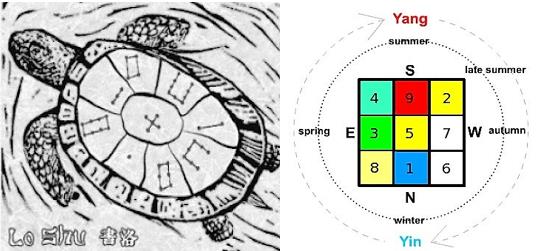
Turtle from the River Luo and the nine-field division of the Middle Kingdom.
The Luo Shu came to play a key part in the development of Chinese cosmology. The Book of History, one of China's Six Classics, explains that the world consists of a grid comprising 81 squares. China, divided into nine provinces, occupied the middle of the grid.
In Chinese cosmology, Heaven is round (yang) and Earth is square (yin). Myth-making was common in ancient history, but in China, it had a concrete purpose. The Luo Shu was transformed into a rectangular grid and became the blueprint for the“order” or structure imposed by man on Earth as he wrestled a civilization from nature, starting with architecture.
Chinese rulers, when they ascended the Dragon Throne, typically built new capital cities. All these cities were laid out in accordance with the Luo Shu. The principal roads divided the cities into nine equal sectors that represented the nine provinces of the empire.
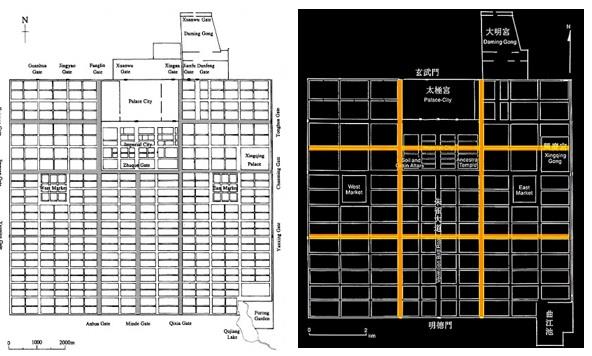
City planning based on the Luo Shu. Images: Living Chinese Architecture / Pirazzoli
Based on a master plan, China's capitals were built with remarkable speed. The capital city Daxing, a metropolis of 84 square kilometers built in the 6th century, was ready for occupancy in one year. Chinese architects used techniques we usually associate with industrial production : standardization, modularization, and prefabrication. An army of carpenters prefabricated pillars, beams, lintels, roof brackets, and other components to the construction site, ready for assembly.
China's capital cities reflected both the order imposed by man on Earth and the social order of society. In Living Chinese Architecture we read:“Architecture has always been an art guided and controlled by the state, aimed not only at organizing the environment but also at providing a frame for the social system.”
The Luo Shu was not only the blueprint for China's capital cities, it was used for smaller residential compounds in rural areas. Mencius, a near-contemporary of Confucius and a socialist avant la lettre, proposed to use the Luo Sho division for collectivist living. Advising a local Lord, Mencius said:
Marco Polo mentioned the nine-square division in his Il milione (“The Million”), known in English as The Travels of Marco Polo. Arriving in China in 1271, shortly after the Mongol invasion, he gives an account from the capital city Hangchow:
“Now I will tell you about the great revenue the Great Khan draws every year from the said city of Kinsay [Hangchow] and its territory, which forms a ninth of the country.… In this city and its dependencies, they make great quantities of sugar, as indeed they do in the other eight divisions of the country.… And if the ruler has such revenue from one-ninth of the country, you may judge what he must have from the whole of it!”
For much of recorded history, China was the world's largest economy. It was rivaled only by the Indian subcontinent, a collection of kingdoms not unified until British rule in 1858. India gained independence in 1947 under Jawaharlal Nehru and China in 1949 came under communist rule in 1949 under Mao Zedong.
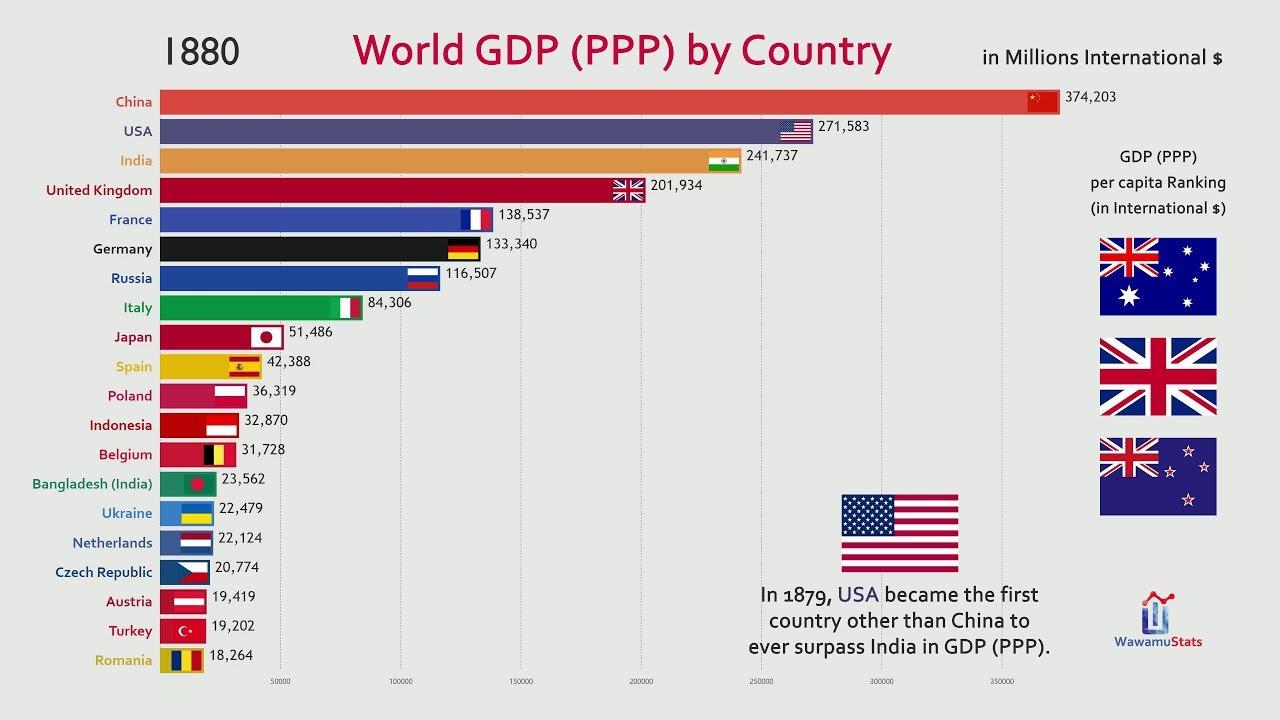
China was the world's largest economy for much of recorded history. Image: WawamuStats
Rebirth
In the 21st century, the story of Emperor Yu, the Luo Shu, and Chinese cosmology is coming full-circle. China is emerging once more as the Middle Kingdom, this time as a high-tech version. The ancient Silk Road is being rebuilt with highways and railroads, complemented by the Digital Silk Road . In the decades to come, many roads will again lead to China as they did in the days of Marco Polo.
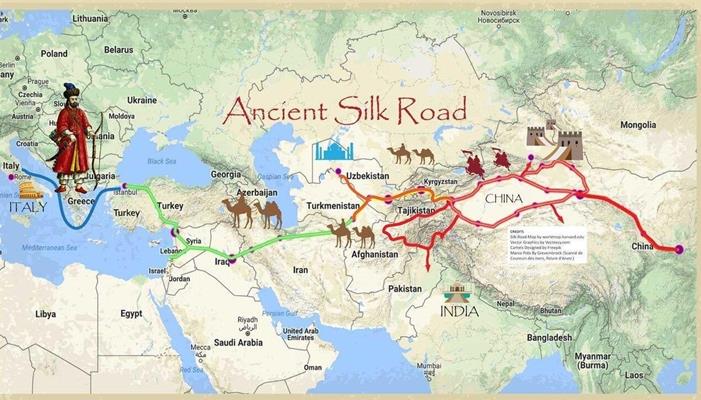
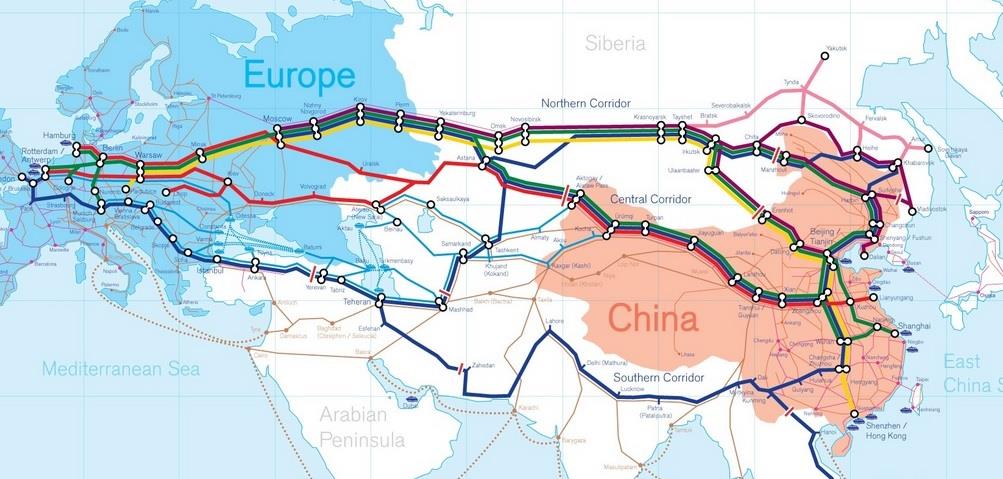
The Ancient and New Silk Roads, Image (bottom)::Theo Deutinger and Kit Chow
The West excelled in the development of science; China excels in“application technology.” Its modern factories operate on the same principles of teamwork, precision and skills that were applied to build its ancient capitals.
This time it will apply its skills to communications technology, artificial intelligence, the Internet of Things, digital money, and other Industry 4.0 technologies. The country still trails the US in AI research but is expected to lead in actual deployment by 2025.
Rights and obligations
In barely half a century, China became the factory of the world by reconciling classic ideological opposites – central control and free enterprise. It virtually ended poverty for the first time in history. When entrepreneurial excesses created a class of oligarchs, the government engineered a controlled demolition of companies too big to fail and elevated common prosperity as a national priority.
The West is not quite sure how to deal with the rise of China. It is unaccustomed to having its worldview and prominence challenged. The Middle Kingdom is not about to take over the world, and it is unlikely to send aircraft carriers through the Florida Straits and the English Channel. But a clash of worldviews was inevitable.
China has made it clear it values the common good over endless personal riches, ethics over legalisms, reciprocity over equality, and stability over freedom. The country is now the largest trading partner of more countries than any other nation. Given its pivotal role in the world, instability and chaos in China have the potential to collapse the global economy.
The Communist Party of China long relied on Marxist sloganeering, but despite the vandalism of the Cultural Revolution, China has always remained Confucian at heart. Traditions that have grown for 2,500 years can't be uprooted easily. The current Chinese government is in practice a Communist-Confucian hybrid. The CPC Politburo is structured along communist lines, but all government officials are steeped in Confucian classics.
China is now showing clear signs that it is looking back to its own traditions to plot the future. At the annual congress of the CPC, the hammer and sickle still feature prominently as a backdrop to the proceedings. But during photo-ops for visiting foreign dignitaries, we see a different picture: a monumental view of a mountainous landscape with a waterfall plunging into a river below.
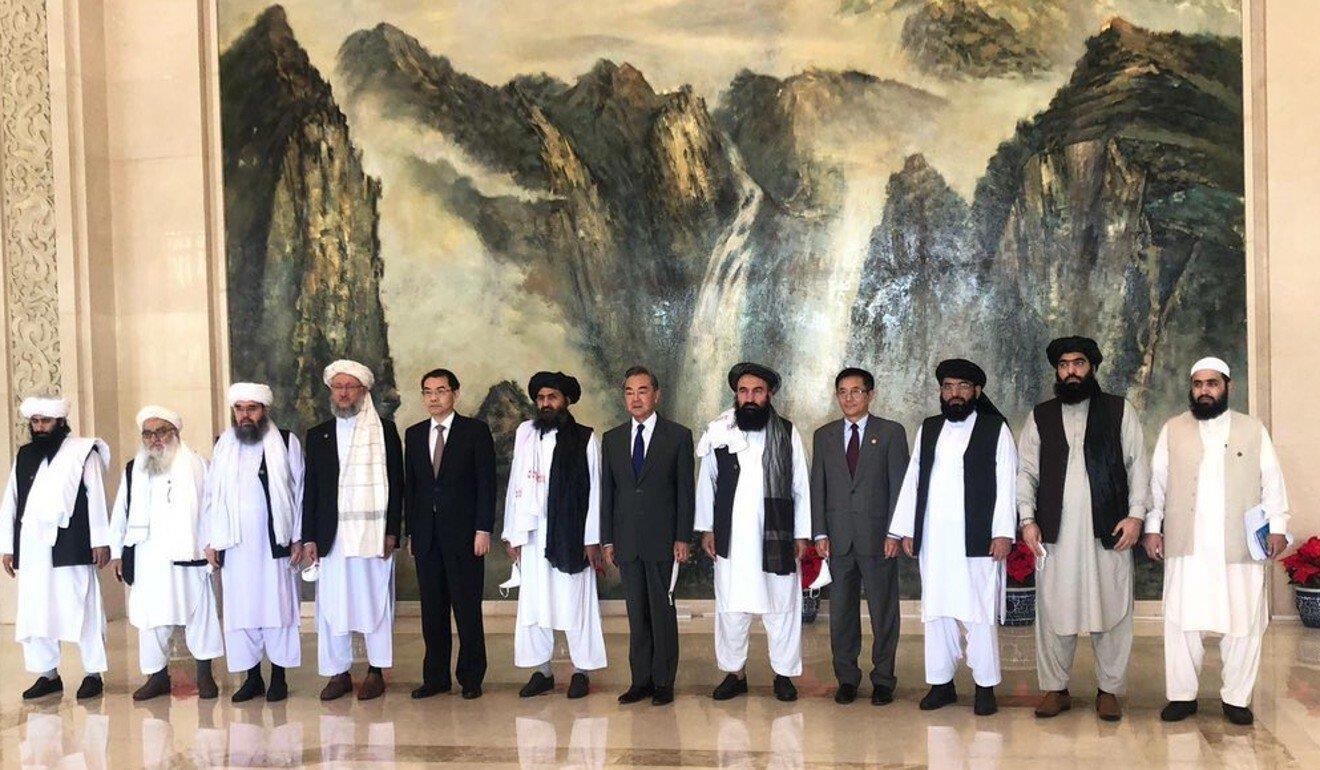
Taliban representatives meet with Chinese officials in Tianjin. In the center are Taliban co-founder Mullah Baladar and Foreign Minister Wang Yi. Note the painting on the wall. Photo: Chinese Foreign Ministry
In classic Chinese art, such landscapes are known as water-mountain pictures. Water is yin, mountain is yang. The iconic image symbolizes the Chinese view of creation.“When the yin and the yang, initially united [in Tao], separated forever, the mountains poured forth water.”
Reconciling yin and yang, the generic types that denote Heaven and Earth, Man and Nature, Spirit and Matter, was the leitmotif that shaped the Middle Kingdom. It was the Chinese way of“inserting” themselves into the binary universe with the minimum amount of friction.
The same approach is likely to shape the modern version of the Middle Kingdom, and its impact could be felt everywhere. In our polarized world, reconciling yin-yang opposites – rights and responsibilities, idealism and realism, rich and poor – should have universal appeal.
MENAFN17112021000159011032ID1103186911